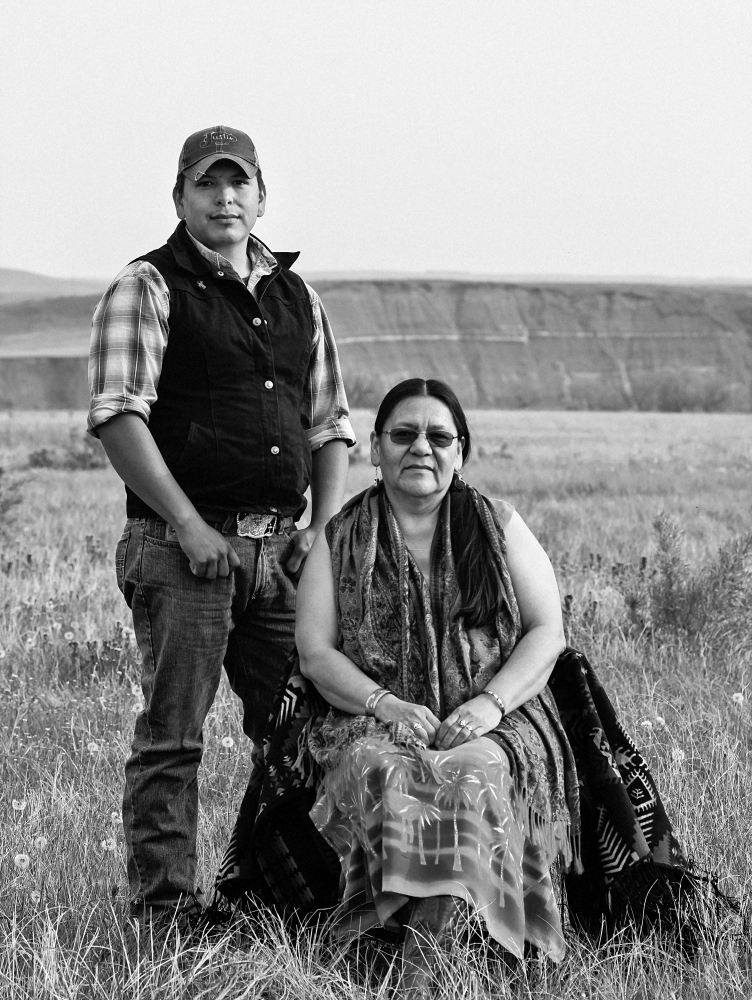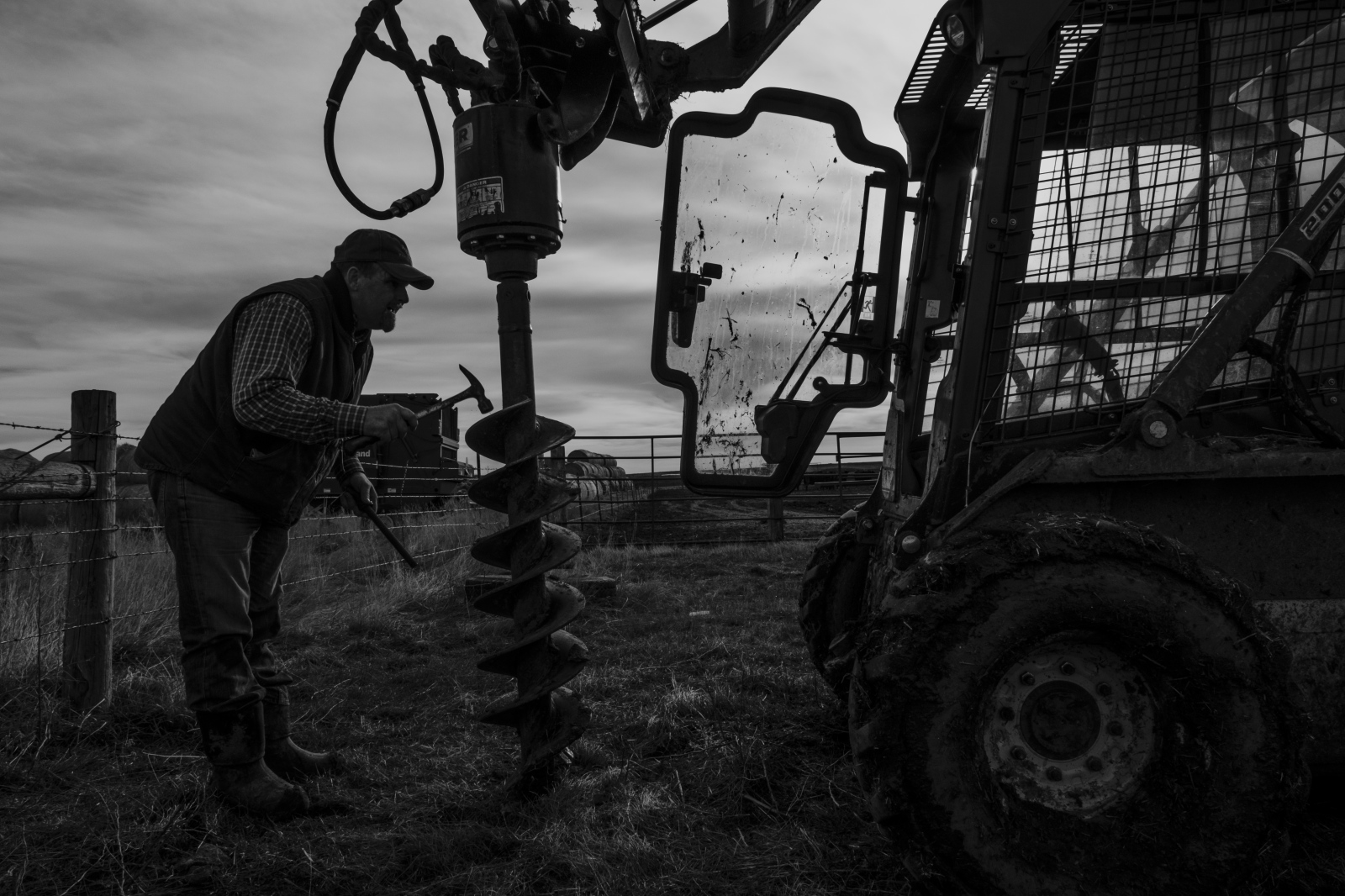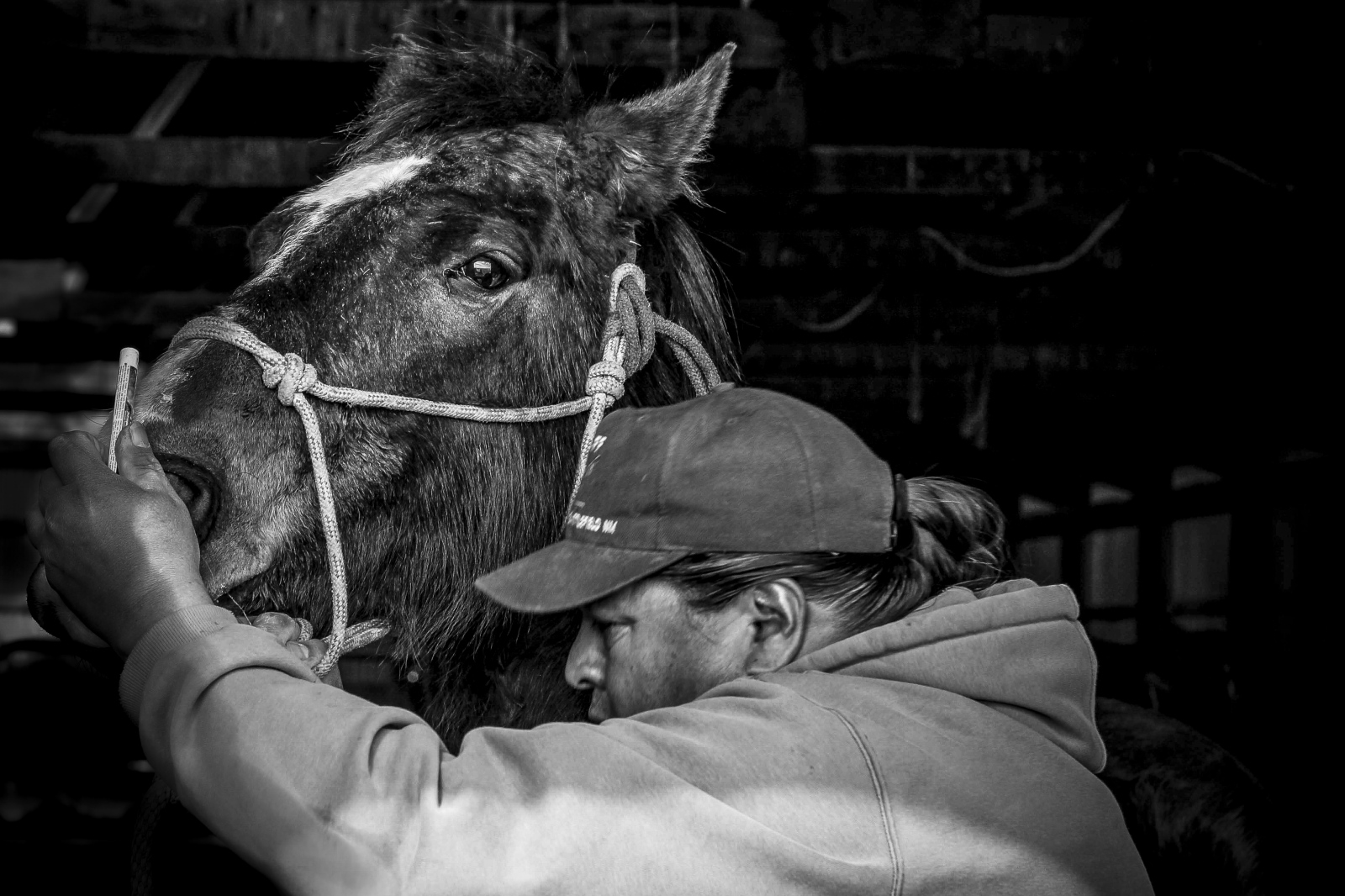Private Story
RanchingontheRez
This project was funded by a grant from the Economic Hardship Reporting Project. It is a collaborative project, shot by myself, Dawnee LeBeau, and Sylvia Picotte.
These images portray an essential part of life on the Cheyenne River Reservation, which is often overlooked by outside media.
At first glance, the cattle-dotted hills of the Cheyenne River Reservation’s ranches are indistinguishable from other Midwestern landscapes. But these four-thousand square miles are the product of a different narrative. The families who have lived here for generations can’t easily be separated into binary notions of cowboys and Indians. These images offer a window into the specific culture that exists here, which includes a diversity of people and a way of life that is a lesser known America: a small rural reservation community, where tribal and non-tribal ranchers work together and depend on each other for the survival of their herds in a harsh, unforgiving climate.
This tightly knit ranching community is home to descendants of settlers who live on inherited plots of land that trace back to the Homestead Act, as well as Native ranchers, most of whom took up ranching at the US Government’s incentives after their tribal land was flooded for the Oahe Dam. Perhaps because people can so clearly trace their histories, and because both populations regularly intermarry, both histories are recognized. People depend on each other because they couldn’t survive otherwise. Ranching is back breaking year-round labor. But with the increasing numbers of factory farms in other parts of the country, most ranchers take on extra work in order to make ends meet. Still they choose to stay on the reservation and continue ranching, and they choose to raise their children on the reservation, where ranching families in general and white families in particular are the minority.
The Enlarged Homestead Act of 1909 encouraged a large westward migration of white farmers West of the Missouri, where they resettled on federally issued 320-acre homesteads amidst the plains of the region. Destinations included the Cheyenne River Reservation in South Dakota, thus leading to the integration of white settlers and colonial farming practices into life on the reservation. Cattle ranching remains an important industry in South Dakota over 100 years after the act was signed into law. Today, the Cheyenne River Sioux Tribe owns about half of the reservation land-- it leases 900,000 acres to ranchers, and an additional 400,000 acres are owned by individual Native Americans. The remaining 1.3 million acres are deeded to non-Natives under the Homestead Act.
As US agriculture continues to shift toward factory farms, the viability of family farms is diminishing. Unlike their better known and wealthier counterparts in Texas, South Dakota ranches are small, family owned operations, which generate only modest income. The rolling hills and arid soil of the Cheyenne River Reservation don’t lend themselves to industrialized agriculture. Ranching families are faced with the dilemma of continuing in an industry they can’t keep up with, or leaving the only way of life they’ve known. Many young people from farming families leave the reservation to pursue more lucrative work. Those who remain are steadfast in their dedication, often taking on full time employment in town to carry them through the unpredictability of farming profits. This project follows three ranching families to explore the history of ranching on the Cheyenne River Reservation.






















